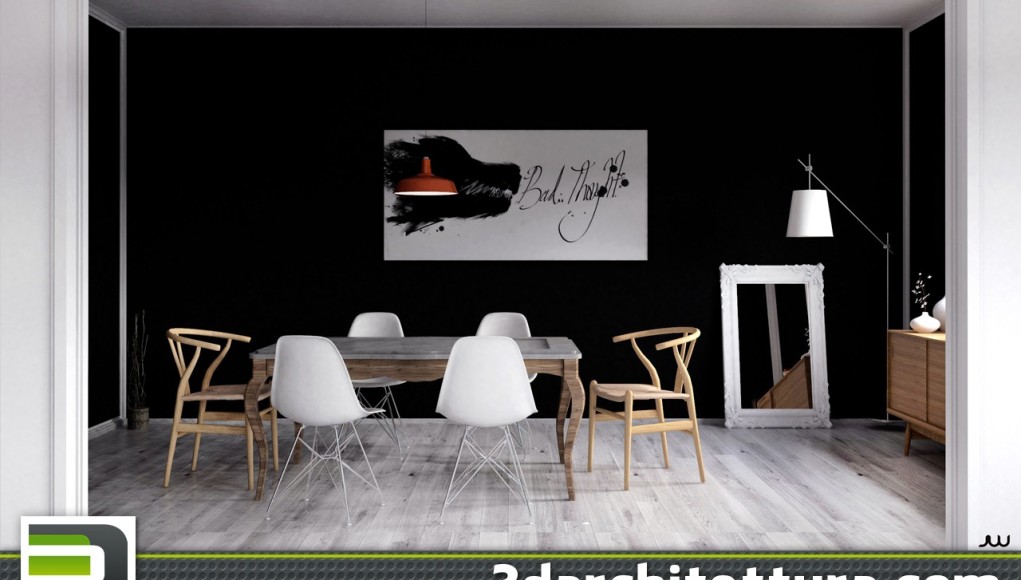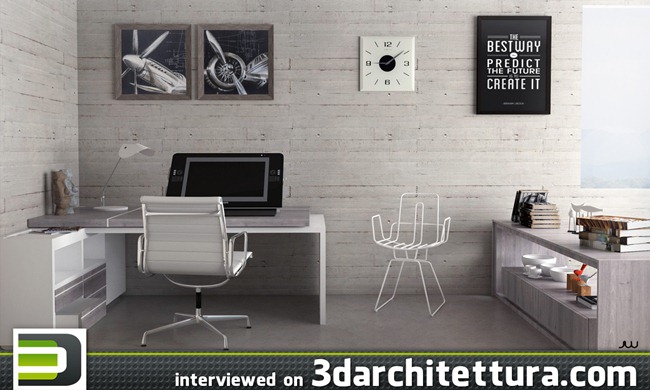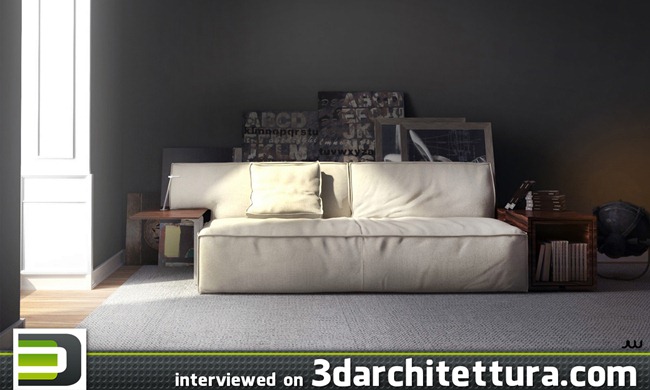Name: Javier Wainstein
Age: 19
Job: Founder and Digital Artist from JW Renders
Country: Argentina
Web site: https://www.behance.net/jwrenders
Facebook
3DA: Why have you decided to work in 3d-field and when have you started?
JW: I knew 3D (via SketchUp) in high school, I remember well, a classmate of mine showed me a new program that he had found, and I found it very interesting. Thus, with the passing of the days I was learning more and more the program. Without realizing it, I was falling in love with 3D. Thanks to my father, who is an architect, – I showed him and offered him the images I made for projects, then were simple JPG images taken from SketchUp. But after a few months, I found VRay, and everything changed. Of course, with the passage of time, it became a unique and powerful tool to achieve high-quality images. Now, as I have awareness of all that happened and what all this means, I decided to continue my work at 3D virtual world. There are endless possibilities and artistic creativity, it is closely related to industrial design (which I love) and interior design and architecture. I feel comfortable in 3D, and it has certainly a wonderful atmosphere.
3DA: Describe to our readers your usual workflow.
JW: My workflow is simple, once the customer confirms to me that I will perform the project, sends me the technical documentation (drawings, photographs, cuts, views, references, etc.), this way I model the building or housing, then I apply materials that the client wants, locate the possible shots and if the client approves, start to test the lighting and make test renders. Then, if the client is satisfied with the test renders, I realize the final renders with higher quality. I work with SketchUp, V-ray and Photoshop.
3DA: What was most difficult for you when you just started working in 3D? And what is now?
JW: When I started with 3D, it was definitely harder to learn things. Learn to use SketchUp. And then Vray. Learn to use it. Learn to know the reason for the “bugs”, learn about improving renders using Vray parameters. It took a long time, as I learned on my own, but I could reach a higher quality level. And now I think I have more control with both programs, the most difficult is to achieve maximum photo-realism, this includes the right lighting, and materials as they would in reality. Another point which still troubles me, is the post-production, I did not give much importance to it, yet I have many things to learn from it. Oh, and of course, getting new clients is hard for me, since I am relatively new to the market.
3DA: Looking back on your education process what you would have changed now? And what you consider right and would do exactly the same?
JW: It is a somewhat complex question, because there is always time to learn new things, but if I look to this principle, perhaps I would have learned more of 3ds Max. Also I would like to study architectural photography, design theory, and modeling objects for scenes. What I consider correct, and no doubt I would do it again, is to create my own path. I myself choose the programs I will use. Many people have told me that SketchUp was a program that did not work, it was not professional, that I would not reach a high level with it. And it’s good to see that it was not, and I learned to create my own path with the program in which I trusted.
3DA: Which was the biggest problem that you faced working on a project and how have you solved it?
JW: In general, because I have a less powerful PC, most of the projects as they become heavier scenes make me trouble. I have had many problems with bugs on the stage of making final renders, but luckily I never missed the deadline. Once I remember correctly, my father needed interior images of a showroom that he was renewing, at the time, I was studying in high school, and had an exam on Tuesday afternoon, the same day that he needed the renders.
It took me a long time modeling, as there were changes all the time, but finally, on Monday night I began to furnish the space and try to do lighting and renders. But Vray was reporting not renderable mistakes. At that time I had not seen anything similar, did not understand the reasons and was in panic. I had to find the object which caused the problem, and I had no clue about it. I started to delete some objects and then delete others, trying different combination till I found the wrong one. That night I did not sleep while rendering was performed, I was studying . I delivered my father the renders at 6 am, and then I went to school. I passed the exam well and also the renders were excellent.
3DA: What forecast you can make about the future of 3d-world in general?
JW: Some time ago one could notice the rise of 3D-animation in cinema. Then was the moment of special effects done by computer. Now can see really impressive video-games made with 3D technologies. With the advancement of the world as it is, 3D is everywhere. Thanks to 3D printing, it arrived to industrial design, architecture, art, and even medicine. In the not so distant future, 3D will be completely in our lives.


























